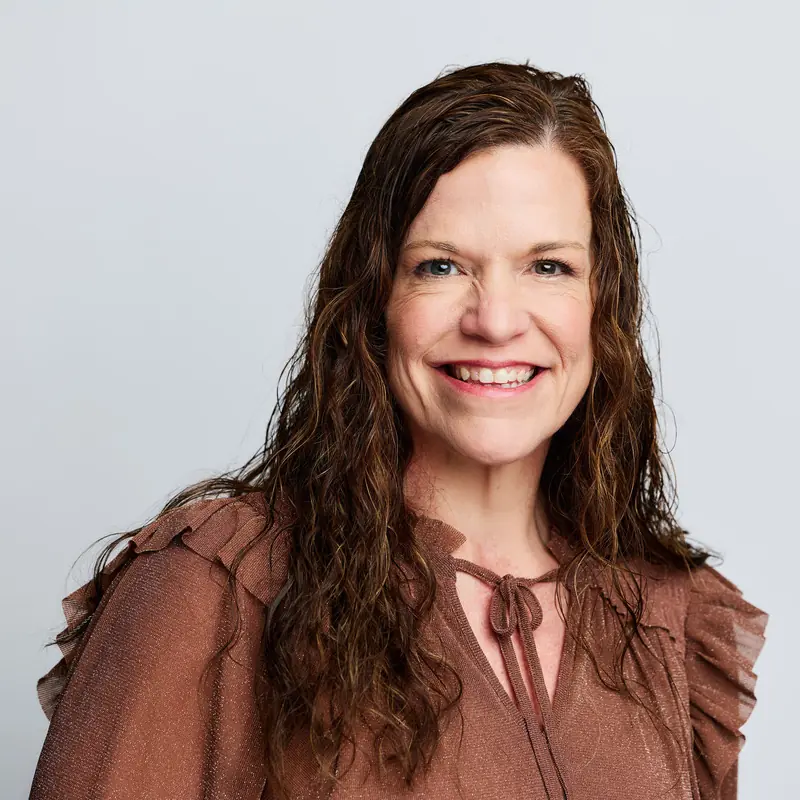In today’s health care landscape, shared decision making (SDM) isn’t just a best practice—it’s the foundation for professional autonomy, collaboration, and transformational outcomes. During a recent webinar: Empowering RNs: Ownership Over the Practice Environment through Shared Decision Making, we explored what real engagement looks like—and why it must be more than attendance at a council meeting or a checkbox on a governance form.
Engagement is Ownership.
True engagement in shared decision making (SDM) begins with a mindset shift: from compliance to commitment. Nurses at every level- especially those at the point-of-care and point-of-service- must see themselves as owners of their practice environment, not just participants in a process. That ownership fuels a culture where innovation is expected, accountability is welcomed, and nursing excellence thrives.
Three Keys to Advancing Engagement in SDM:
- Transparency and Communication
Clarity on how decisions are made, communicated, and implemented is vital. Nurses are more likely to engage when they understand where information is stored (e.g., intranet portals), how meeting minutes are shared, and how their voice impacts change.
- Psychological Safety
Engagement cannot occur in an environment of fear or silence. Creating psychologically safe spaces– where diverse perspectives are heard, respected, and acted upon- allows shared decision making (SDM) to flourish authentically.
- Defined Structures and Support
Councils, charters, and reporting structures must be clearly defined and consistently supported by leadership. But structure alone isn’t enough- ongoing mentorship and competency development are essential for sustainable shared decision making (SDM).
It’s Time to Ask:
- Are your nurses clear on how their decisions affect policy, practice, and patient care?
- Do you have inclusive processes to ensure all voices are represented?
- Is your shared decision making (SDM) structure evolving or stagnant?
As I often say: Shared decision making is not a meeting. It’s a mindset. And that mindset must be nurtured through intentional leadership, inclusive processes, and relentless follow-through.

If you missed the webinar here are the Top 10 Takeaways from Empowering RNs: Ownership Over Practice Environment Through Shared Decision Making.
1. Shared Decision Making (SDM) is a Dynamic Partnership
SDM is a collaborative process between nurses, leaders, and other health care professionals that fosters mutual accountability, improves patient outcomes, and enhances work-life balance. SDM is not limited to councils—it happens in huddles, staff meetings, and even hallway conversations. It’s a culture and mindset.
2. Empowered RNs are the Backbone of Quality Care
Provision 4 of the ANA Code of Ethics emphasizes RNs’ authority over their own practice. SDM operationalizes that authority in meaningful, visible ways. When nurses are engaged in decision-making, it strengthens professional autonomy, reduces burnout, and improves retention and patient care outcomes.
3. The Core Principles: Partnership, Equity, Accountability, Ownership
These principles support a culture where nurses not only have a voice but also share responsibility in advancing practice. These principles shift the culture from “us vs. them” to “we”, laying the foundation for inclusive, high performing professional practice environments. Empowerment happens when RNs are able to shape workflows, influence policies, and advocate for improvements directly impacting their practice and practice environment.
4. Barriers Exist—But Can Be Overcome
Hierarchy, lack of time, insufficient training, poor communication, and resistance to change are common barriers to SDM. Naming them helps organizations address them intentionally through leadership support and strategic planning.
5. Leadership Support is Crucial
Leaders must be visible, provide protected time, mentorship, and education to ensure RNs can meaningfully engage in SDM. Leaders don’t have to attend every meeting, but they must set clear expectations, support chairs and co-chairs, and follow through on removing barriers.
6. Level of Authority Should Be Clear and Transparent
Councils and groups working on projects or making decisions need to understand and know their level of authority. They need to know whether they are gathering input, making recommendations, or empowered to act. Lack of clarity here can erode trust and engagement.
7. Structured Education Must Include Everyone
Education on SDM should reach leaders, council chairs/co-chairs, general members, and even staff not serving on councils. Everyone has a role.
8. Protected Time Reflects Organizational Values
Allocating professional time for council work—through dedicated scheduling strategies—signals that SDM is not an “extra,” but essential to professional practice.
9. Data Transparency Builds Trust
Sharing performance data and decision rationales helps RNs see the value of their contributions and fosters psychological safety in teams.
10. Success is Measured in Outcomes and ROI (Recognizing Those Efforts)
SDM leader to better RN engagement, retention, and clinical outcomes—like reduced falls with injury. These outcomes also carry real benefits and a financial ROI. It is also important to note that organizations need to recognize the efforts and outcomes demonstrated. Acknowledging and rewarding nurse contributions reinforces the importance of their involvement and sustains momentum.

If you want to bring a deeper conversation to your team, our Cultures of Excellence consultants are ready to support you in evaluating your current state and designing a path forward that fosters authentic engagement in professional governance.
Let’s reimagine what is possible—together.
Ready to transform professional governance at your organization?
Contact us today and get started on your organization’s transformational journey or contact me today at ssullens@chcm.com to book a personal consultation.
Let’s empower your teams to own their practice—and their outcomes.
MSN, RN
Sara brings over 25 years of nursing experience and over 15 years of nursing leadership with her to Creative Health Care Management. She has served as a nurse manager as well as a Magnet Program Director where she led her organization to their first Magnet Designation.
Sara oversaw a centralized discharge call center, virtual admission, discharge nurses, and patient experience for the hospital and physician clinics. She saw many improved outcomes, including decreasing falls with injuries by 40%, by utilizing a shared governance approach. She also increased outpatient patient satisfaction by 50% through implementing discharge phone calls.


